
There are many international and multi-lateral institutions. The scope of their mandate and jurisdiction varies considerably. This section describes some of the more prominent institutions that work in the fields of international law and development, including the different organs of the United Nations and regional bodies such as the African Union.
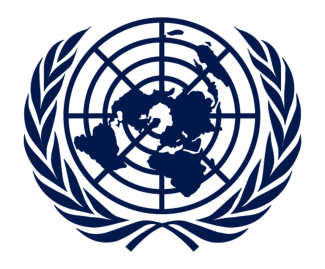
United Nations (UN)
The UN is a global organization founded in 1945 to secure peace after World War II. Each member state has signed and ratified the UN Charter, the organization’s founding document that operates much like a constitution.
The UN provides a forum for members to discuss how to collectively address common problems such as international peace and security, poverty, and climate change. It has several organs responsible for creating and enforcing binding legal norms.
"In the event of a conflict between the obligations of the Members of the United Nations under the present Charter and their obligations under any other international agreement, their obligations under the present Charter shall prevail.”
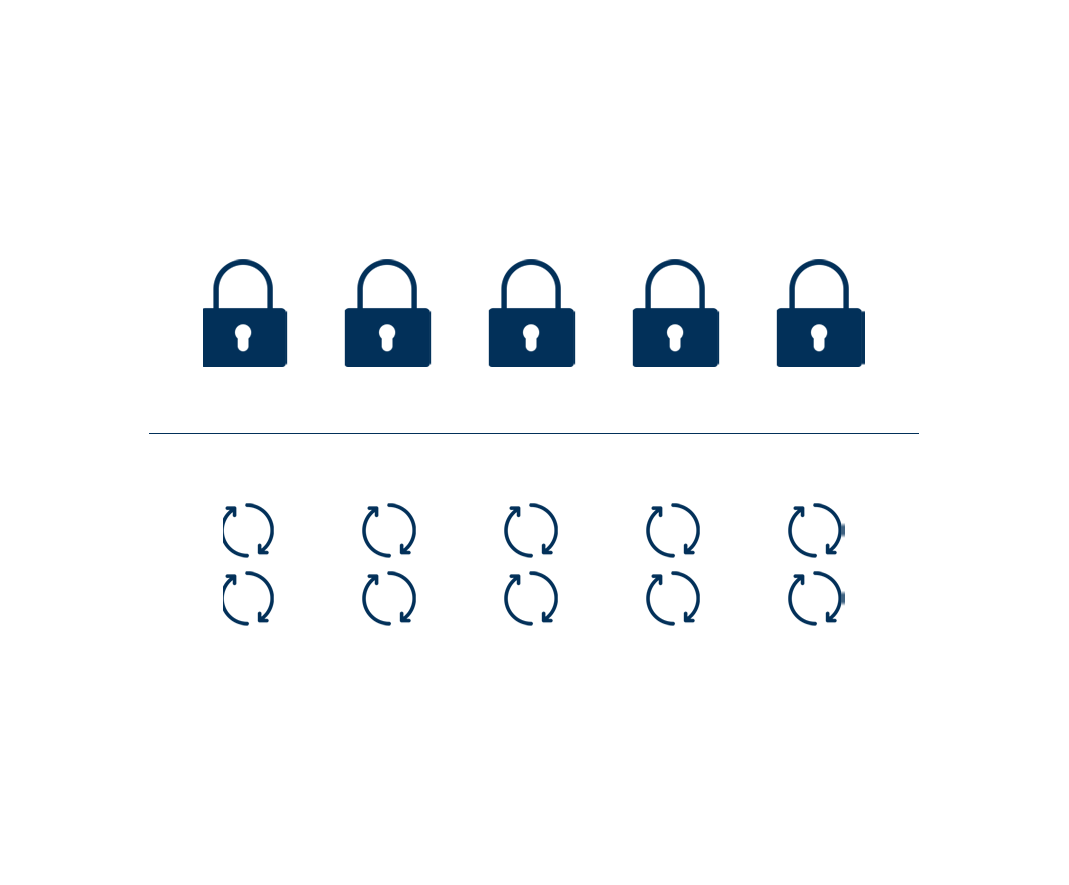
Security Council
The Security Council is empowered to pass resolutions, promotes international peace and security. The Council has five permanent members (U.S., U.K., France, China, and Russia) and ten rotating seats. Each of the permanent members may veto non-procedural resolutions. A veto makes agreement on binding resolutions difficult. The Security Council has the authority to issue resolutions, impose sanctions, approve investigations, and, significantly, authorize members to use force to compel a ceasefire and restore peace.

General Assembly
The General Assembly serves as the world’s deliberative body of states, where all the member states’ views are represented. The General Assembly may pass nonbinding resolutions but cannot compel action by members. It also has authority to allocate funds received from dues paid by member states.
The UN System includes many funds, programs, and related organizations such as the World Food Program, the World Health Organization, and the International Atomic Energy Agency.
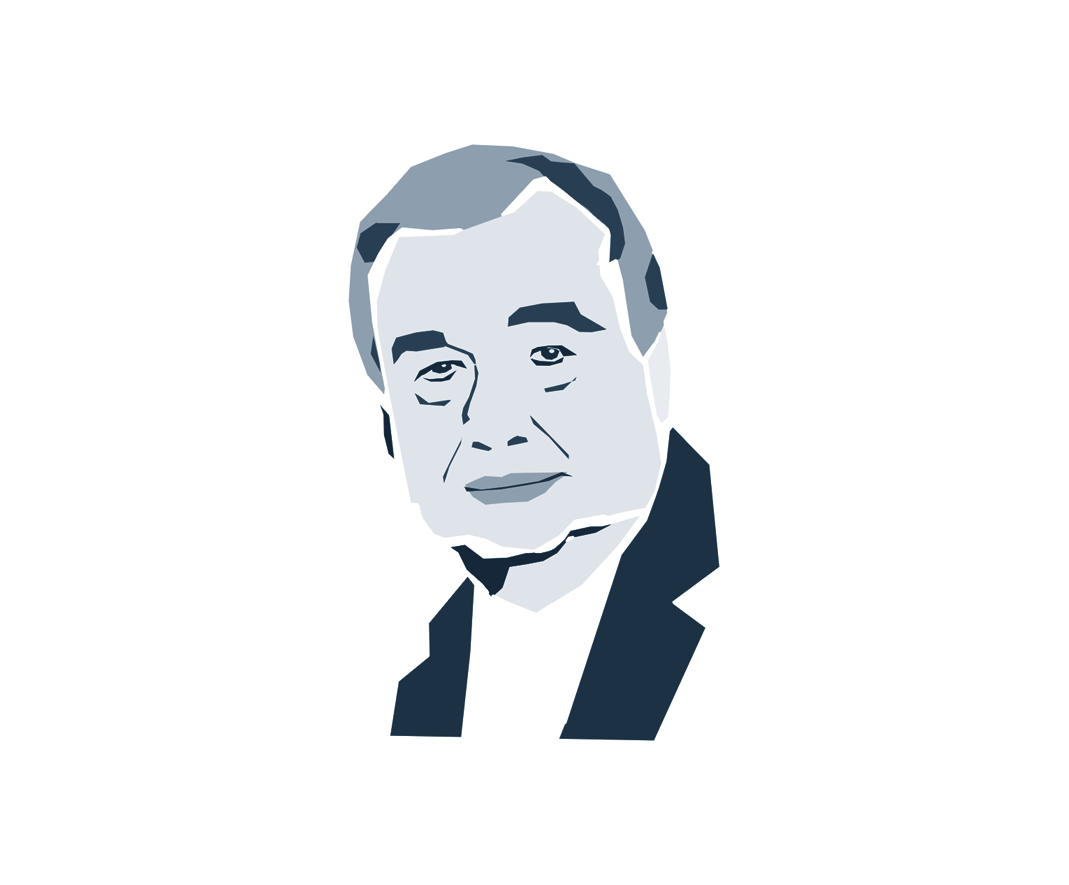
Secretariat
The Secretariat carries out the day-to-day work of UN programs and agencies as mandated by the General Assembly. The Secretary General serves as an executive director who manages thousands of international UN staff across the world.
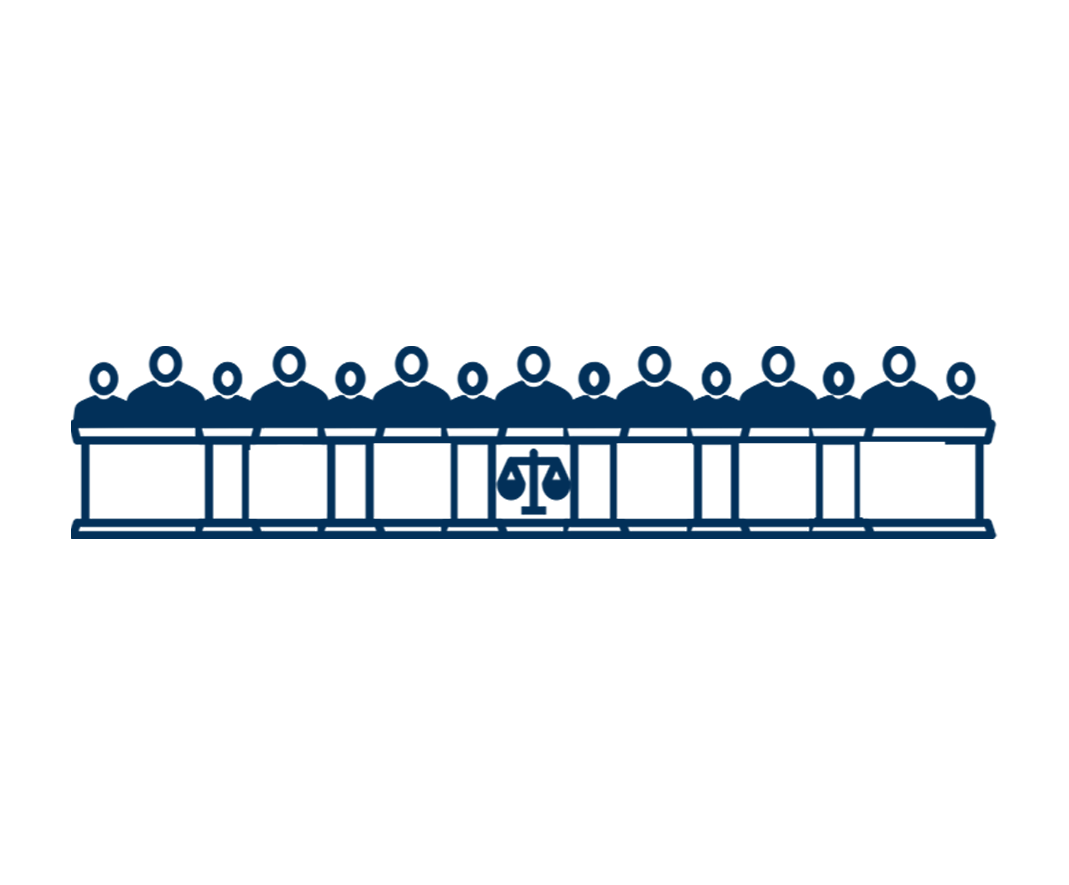
International Court of Justice
The International Court of Justice (ICJ) is the judicial organ of the UN. The Court has fifteen judges from around the world who are selected for nine-year terms. It considers disputes between states regarding interpretations of international law and issues such as boundary disputes. The ICJ may also provide advisory opinions at the request of UN bodies on a range of legal topics, including declarations of independence, the consequences of occupation, and threatening the use of nuclear weapons.
Key International Institutions
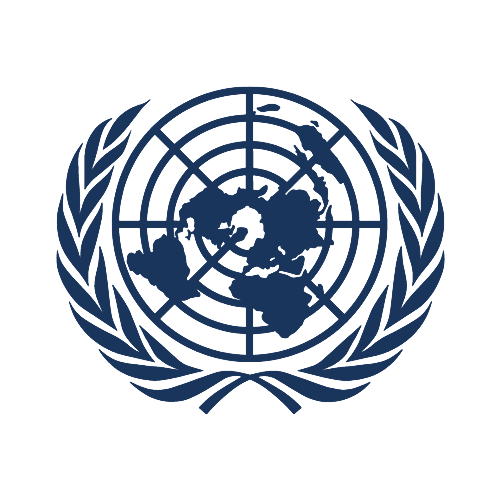
The International Law Commission (ILC)
The ILC was established by the UN General Assembly in 1947 to promote the development, systematization, and codification of international law. The commission consists of recognized legal experts nominated and elected by the UN member states. These experts undertake studies of international norms and practices and write draft texts for consideration and possible adoption. The ILC website includes many resources on treaty interpretation, international legal developments, and practices such as interpreting customary international law and international criminal law.
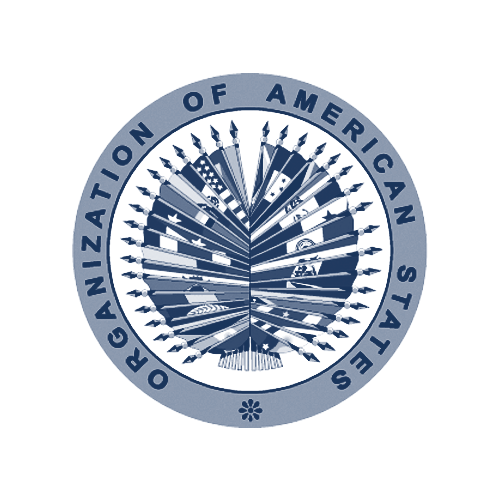
The Organization of American States (OAS)
The OAS is the oldest multinational organization still in existence. Its precursor organization, the International Union of American Republics, was established in 1890. The states of North and South America formed the organization to facilitate collaboration and solidarity on peace and justice issues.
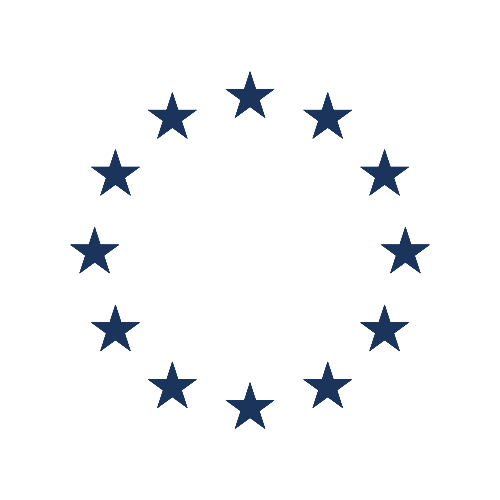
The European Union (EU)
The EU is the successor to the European Economic Community established in 1958 to promote economic cooperation among six countries after World War II. Others eventually joined (there are now twenty-seven total), creating a large common market with shared external trade relations. The economic union eventually grew into broader policy areas such as common security, justice issues, health, and external relations.
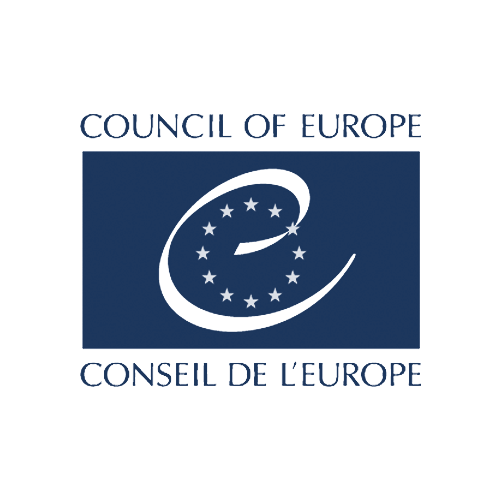
The Council of Europe (COE)
The COE was founded in 1949 to promote human rights and the rule of law and to strengthen democracy. It has forty-seven member states. The council tackles issues of common concern among its members through numerous international instruments.
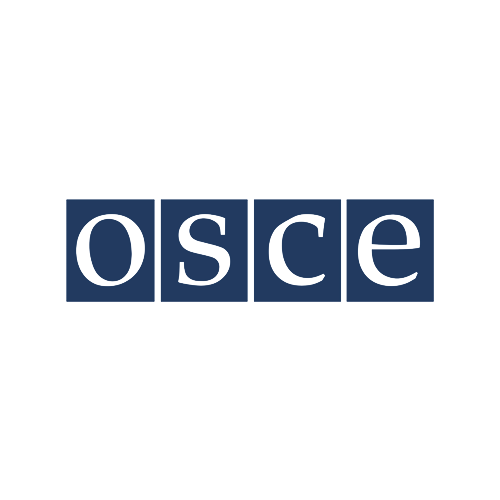
The Organization for Security and Cooperation in Europe (OSCE)
The OSCE is a consensus-based organization with fifty-seven members who work to coordinate comprehensive approaches to security (i.e., political, military, economic, environmental, and human rights issues). Member states are from Europe, Central Asia, and North America and include Russia, the United States, and Scandinavia. The OSCE has an Office for Democratic Institutions and Human Rights that provides support and resources on rule-of-law issues. Each member of the OSCE has equal status, and its decisions are not legally binding.
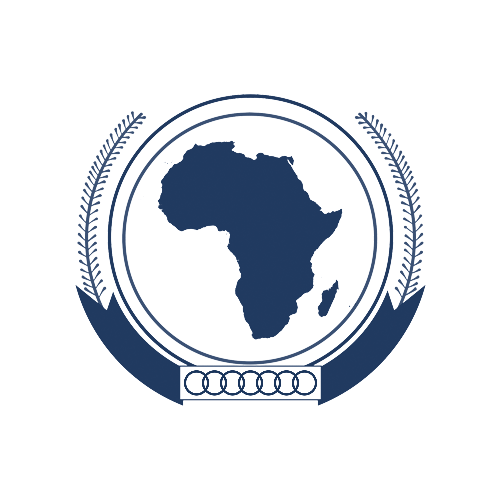
The African Union (AU)
The AU, made up of the fifty-five states of the African Continent, is dedicated to fostering unity, cooperation, and common policies on trade and defense. The AU was established in 2002 as the successor to the Organization of African States, founded in 1963 to assist African states with postcolonial recovery and decolonization. Today the AU focuses on solidarity, safeguarding sovereignty among African states, coordinating development, and international cooperation. As a regional peace and security organization, the AU works with the United Nations to address conflicts among its members.
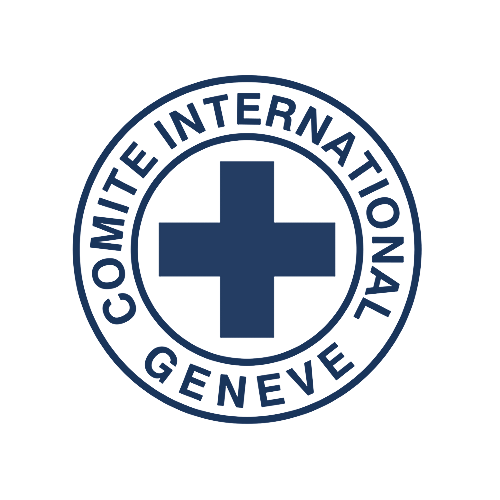
The International Committee of the Red Cross (ICRC)
The ICRC is a neutral international organization established in 1803 to promote and uphold international humanitarian law, the body of law protecting civilians, the injured, and those no longer fighting during war and armed conflict. The ICRC derives its mandate from the 1949 Geneva Conventions and continues to be an authoritative source on the interpretation of the conventions.
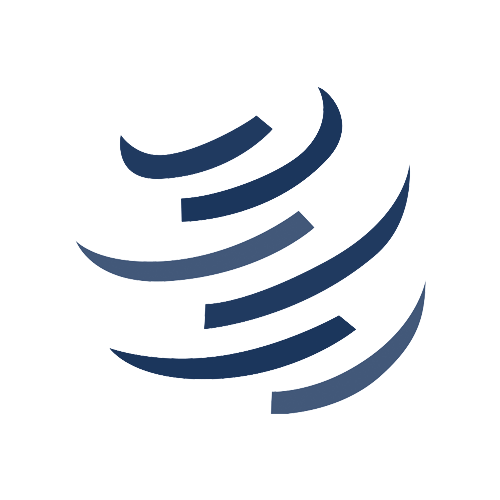
The World Trade Organization (WTO)
The WTO was established to promote and uphold rules for international trade. It serves as a venue for negotiating trade agreements and settling trade disputes under a system of agreed-upon rules. With 164 member states, it is the only international body for upholding rules of international trade. Members meet at the ministerial or ambassadorial level every two years. The WTO website is a repository for research and publications on trade and economics as well as online training modules for trade-related topics.
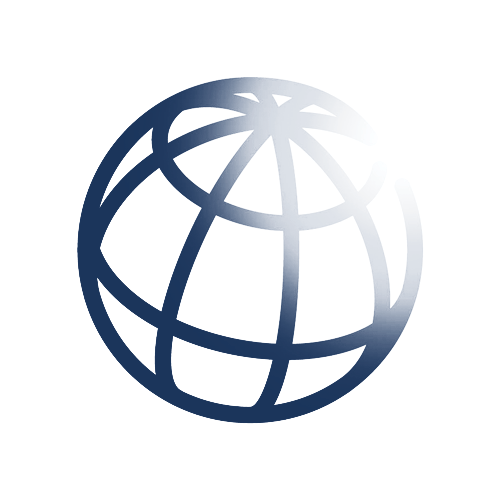
The World Bank (WBG)
The World Bank Group (WBG) is an international development institution made up of five organizations (IBRD, IDA, IFC, MIGA, and ICSID). The World Bank offers countries loans and other financial aid as well as technical assistance designed to improve their economies and reduce poverty. The Bank has 187 member nations who also serve as shareholders. The World Bank also serves as a research center that offers countries guidance in a number of areas including finance, public sector development, and law. The World Bank has a treaty-based relationship with the United Nations guided by the 2015 UN Sustainable Development Goals. One of these goals focuses building a strong, reliable, and fair justice system.
The International Finance Corporation
The International Finance Corporation (IFC) is a global development institution that focuses on the private sector in developing countries. The IFC is a member organization of the World Bank Group. IFC initiatives often incorporate judicial and legal reforms to improve efficiency and eliminate procedural challenges that may hinder a country’s private investments.
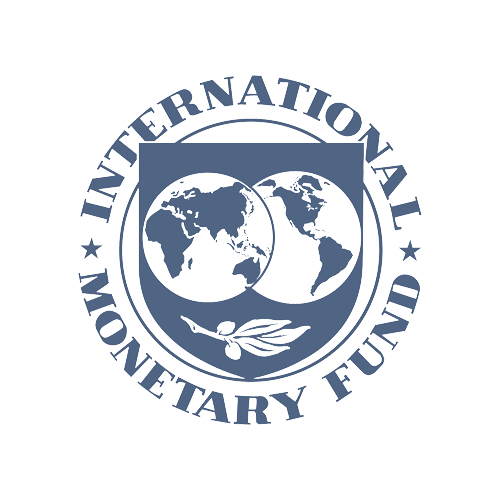
The International Monetary Fund (IMF)
The IMF was established in 1944 to facilitate international economic cooperation. The IMF provides loans, funding, technical assistance, and training to support economic development and combat income inequality, corruption, and other barriers to prosperity and independence. The IMF often partners with the WTO and other international organizations.

